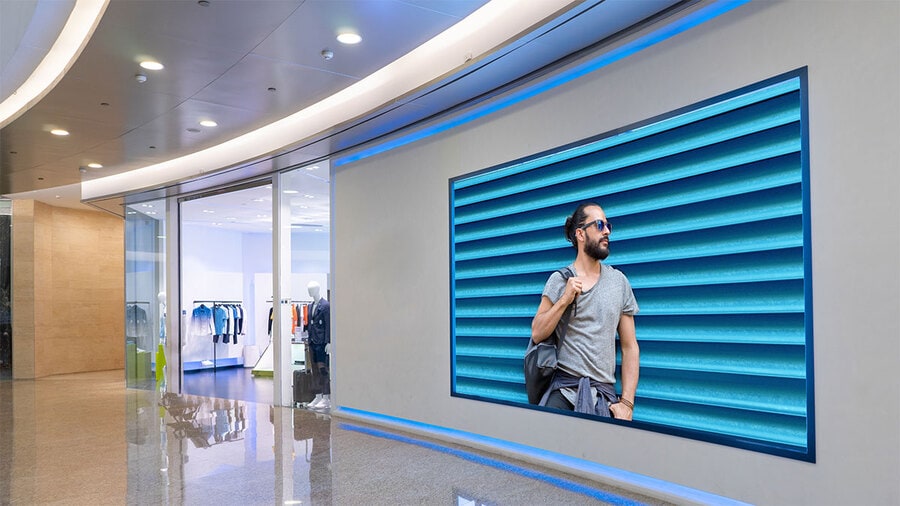Hue uniformity in light-emitting diode wall screens is crucial for achieving optimal visual performance. light-emitting diode wall screens are widely used in various environments, including concerts, meetings, and advertising displays. When the colors on these screens are uniform, they create a more engaging and immersive experience for audiences. Several critical factors affect hue consistency, including the caliber of the LED components, tuning procedures, and surrounding factors.
The quality of the light-emitting diode components plays a major role in color consistency. Various types of LEDs emit light at varying wavelengths, which can influence the overall hue output. Premium light-emitting diodes are designed to generate a more consistent light range, resulting in better color accuracy. Additionally, the manufacturing process of these LEDs can affect their performance. Screens made with high-grade materials and technology tend to have fewer color variations, ensuring that the shown images and videos look vibrant and true to life.

Tuning is another essential element in maintaining color uniformity in LED wall panels. Calibration entails modifying the settings of the screen to make certain that the colors shown align the intended appearance. This procedure can include fine-tuning brightness, differentiation, and color led panel color accuracy evaluation equilibrium. Frequent calibration is essential, especially in settings where lighting conditions vary frequently. By tuning the panels, specialists can fix any inconsistencies in hue output, resulting to a more uniform viewing experience.
Surrounding factors also influence color consistency in light-emitting diode wall screens. Factors such as ambient light, temperature, and moisture can affect how colors are seen. For instance, intense ambient light can wash out hues, making them appear less lively. Similarly, harsh temperatures can influence the performance of the LEDs, leading to hue shifts. To mitigate these problems, it is essential to place light-emitting diode wall panels in managed environments where lighting and heat can be controlled efficiently.
Finally, the design and layout of the light-emitting diode wall screens can affect color uniformity. The configuration of the panels, as well as the spacing from which they are viewed, can create variations in color recognition. When panels are placed too far apart or at different positions, audiences may detect discrepancies in hue. To achieve the best visual performance, it is important to consider the positioning and arrangement of the screens during setup. By tackling these factors, users can ensure that their LED wall panels deliver a uniform and superior visual experience.
Comments on “Exploring the Key Elements That Influence Hue Uniformity in LED Wall Panels for Ideal Display Performance”